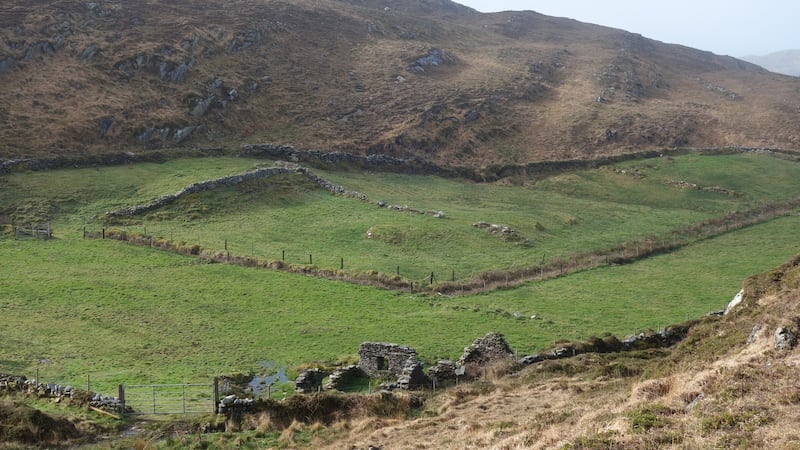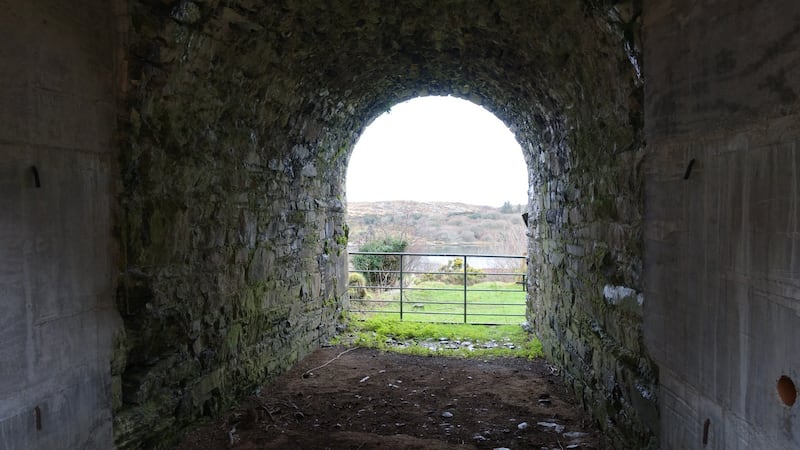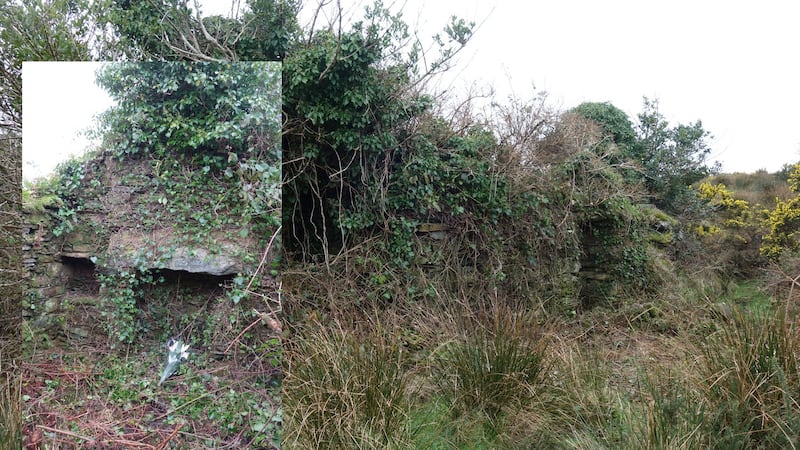As she was being taken by IRA volunteers on a donkey and cart along a boreen towards the place of execution, Bridget Noble was in great distress and cried out for someone to save her.
It was dark, early on a morning in March 1921, when people in a remote area of west Cork’s Beara Peninsula heard the anguished cries of the terrified woman who was facing death as an informer.
This harrowing account emerged as I interviewed Beara people for a book about Bridget Noble, who was abducted and killed during the War of Independence. This year marks the 100th anniversary of her death.
It was early 2013 when I first learned of the tragic story of Mrs Noble. I was trawling through papers in the Irish Military Archives while researching my biography of Emmet Dalton (Merrion, 2014) when I chanced upon letters to do with her disappearance during the 1920s Troubles.
Bridget’s Scots-born husband, Alexander Noble, was working in England when she went missing. He was trying to find out what had happened to her – hence the letters. I had never heard of the Noble case before – at that stage, little had been published about her fate.
It emerged that Mrs Noble (45) had been abducted by the IRA on a lonely road near Ardgroom on March 4th, 1921. She was held prisoner for some days and found guilty of being an informer. A priest was brought to her before her execution on March 15th. Her remains were secretly disposed of, and never found. The IRA men involved never made any public comment about the killing – omertà prevailed.
Fascinated, I decided to write a book about the saga. In the book, I deal also with related topics, including the punishment of women by both sides during the Anglo-Irish conflict.


Bridget has her own special place in the history of the revolutionary period. She is one of only two women known for certain to have been disappeared by the IRA during the War of Independence – the total number of Disappeared in the period 1920-22 is estimated at more than 100. Their fate is one of the darkest aspects of the IRA campaign.
Why was she targeted? Mrs Noble, a native Irish speaker who lived in a small thatched cottage at Reenavaude, near Ardgroom, had been seen making visits to the RIC station in Castletownbere. She was also apparently friendly with an RIC sergeant in the town.
Anecdotal evidence indicates that she was a simple, naive, unsophisticated person who may not have fully realised the danger of having contact with the police. It is possible that the RIC took advantage of her naivety to get information.
In early 1921, after coming home from hospital, Bridget was subjected to a punishment attack by up to eight IRA men. Her hair was forcibly shorn – a draconian punishment known as “bobbing”, designed to humiliate and stigmatise the victim.
I believe the main reason she was executed was that she gave the names of alleged assailants to the RIC – according to an internal IRA report, one man got six months for the “bobbing” attack, while another was interned after her death.
It was most unwise for Bridget to complain to the RIC. She was putting her life on the line. But it could also be said that she showed great courage in standing up for her dignity as a woman.
The other woman disappeared by the IRA in 1921 was an elderly Protestant widow, Mary Lindsay, who was abducted from her home in Coachford, Co Cork, shot as an informer and secretly buried. Both women were put to death in violation of an IRA order that effectively banned the execution of females.
For the book, I carried out extensive archival research in Ireland and the UK. During visits to the idyllic Beara peninsula I found locations associated with Bridget’s life and her time in captivity. I saw the ivy-covered remains of her cottage, the ruins of a house in a secluded valley of magical beauty at Kilcatherine where she was held prisoner, and the gloomy subterranean arch at Collorus where some believe she was executed.
During research, details emerged of some of those involved, or allegedly involved, in the action taken against Bridget – including volunteers and members of Cumann na mBan. Some later moved to America.
The former Bridget Neill, a Catholic, had married Alexander Noble in the Catholic church at Eyeries in 1907. A cooper by trade, he came from a seafaring Presbyterian family in Fraserburgh, Aberdeenshire. His forebears were sea captains going back to the 18th century.

As a result of Alexander’s appeals to republican leader Éamon de Valera, IRA GHQ finally elicited a report on Bridget’s fate from the commandant of the Beara Battalion, Liam O’Dwyer. He outlined various allegations against her. He claimed they heard from the RIC that she had told the police that he and another IRA man, Patsy Dan Crowley, shot and fatally wounded farmer William Lehane in 1920 for “land-grabbing”.
O’Dwyer’s report seemed to suggest that he and his comrade had to go on the run as a result of Mrs Noble’s informing. He omitted to mention that he himself could never have been a suspect as he was a deportee in England when Lehane was shot. The dice were heavily loaded against Mrs Noble in this part of the report written months after her death.
There is an unconfirmed allegation that Patsy Dan Crowley was Bridget’s executioner. He himself was badly beaten by Free State troops at the end of the Civil War, and died in a Cork hospital in 1924.
There is a belief locally that Bridget may have visited the RIC station to inquire about her husband. She may have been worried that something untoward had happened him after he set off to find work in England.
A Dublin Castle statement would later claim she was targeted because she was a loyalist. The British also agreed to pay compensation to her husband over her death. However, despite the label of loyalist, one wonders if this unsophisticated woman had strong political views of any type.
Even today, there are people on the Beara peninsula, or of Beara heritage, who express horror at what was done to Biddy Noble, as she was known. The musician and composer Skully, who learned of Bridget’s sad fate from his Beara grandmother, wrote a piece of music, Mrs Noble, to commemorate the missing woman. As for Alexander Noble, he began drinking heavily and his life fell apart.
In a letter to de Valera, Alexander is polite and deferential – but he cannot resist an embittered comment: “It is not clean work to take away my lone defenceless wife.”
The Execution of Bridget Noble: Death and Conflict on the Beara Peninsula by Sean Boyne is available as an e-book from Amazon









